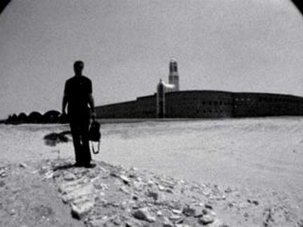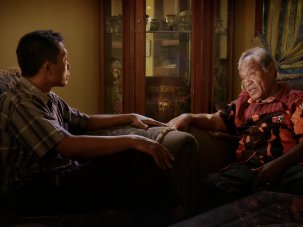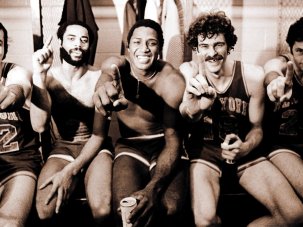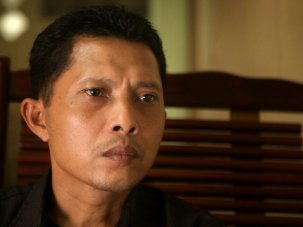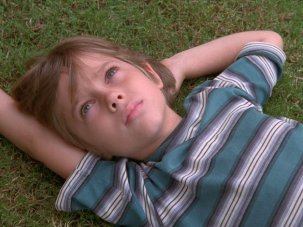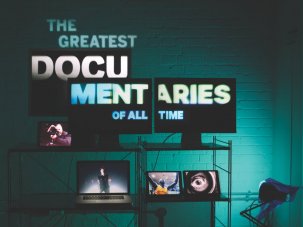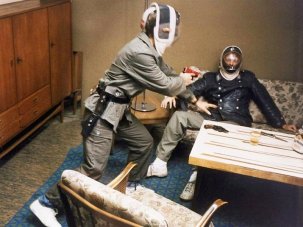Web exclusive
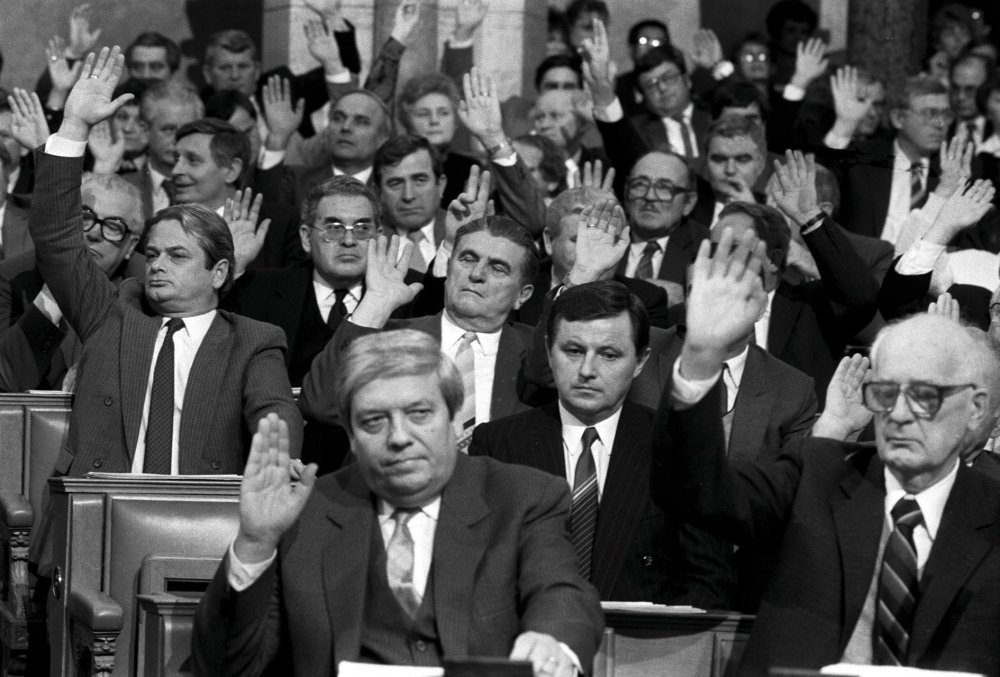
Former Hungarian president Miklós Németh saying nincs in Anders Østergaard’s fall-of-the-Wall recap 1989
CPH:DOX in Copenhagen has developed a reputation in its 12 years as one of the most forward-thinking documentary festivals. Its preference for creative formal approaches that push the conception of what a documentary can be is never a mere branding default, or at the cost of documentary’s potential for social change.
November 6-16 2014 | Copenhagen, Denmark
The world premiere of 1989, by Burma VJ director and city native Anders Østergaard and his Hungarian partner Erzsébet Rácz, opened the festival. Screening simultaneously in 24 nations across Europe to mark the 25th anniversary of the fall of the Berlin Wall, it’s a timely reflection in an era of renewed geopolitical division between Russia and the west that prompted debate on the appropriateness of its inventive form.
1989 sets out the pivotal role played by Hungary’s then-president Miklós Németh in the fall of the Iron Curtain through his decision to open his country’s border. Németh in current-day interviews stresses that while this break from Soviet-bloc policy was partly pragmatic, to ease a growing East German refugee problem and eliminate his country’s crippling fence-security budget, it was also humanistic, in contrast to the people-last modus operandi of East Germany’s leader Erich Honecker and the Kremlin hardliners who threatened Gorbachev’s power.
Østergaard and Racz go for accessibility over nuanced complexity in constructing a tale of a statesman hero surrounded by villains, and take risky license in refitting archival footage for purpose. Negotiations between Németh and his contemporaries are recreated by lip-synching voiceover to images to create the illusion we are witnessing their closed meetings from the inside. While a disclaimer assures us the recreated dialogue is based on “thorough research and verification”, this very method of doctoring plays loose with authenticity for the sake of audience engagement, and sits awkwardly with the film’s disdain for political sleight of hand.
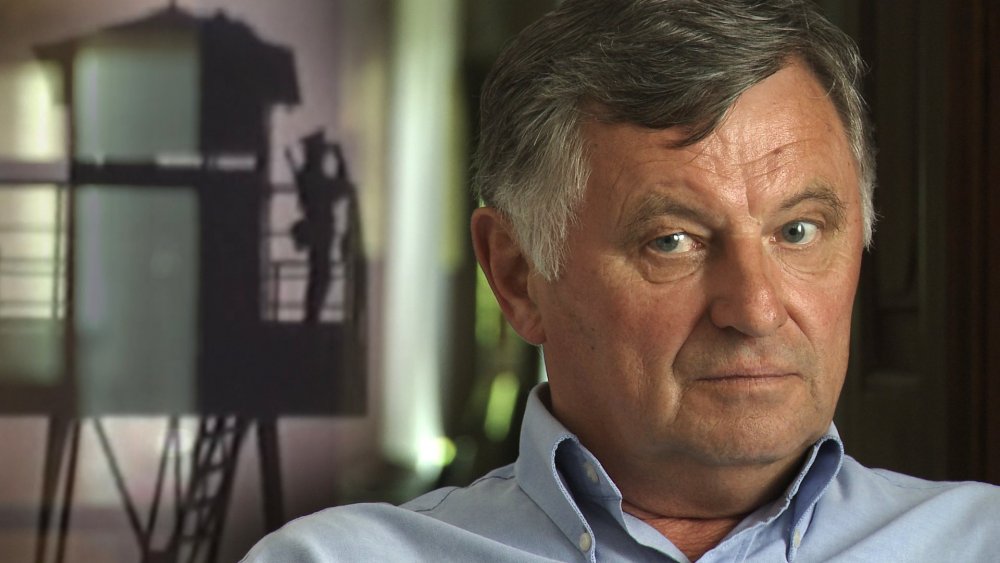
Németh today, interviewed in Østergaard’s 1989
Still, the film is effective in showing politicking’s high human stakes, as a second thread reconstructs a young couple’s attempt to make a break across fields into Austria with the gripping suspense of a thriller, taking us along on their moonlit dash as they become victims of Németh’s tragic falter of hesitation.
Also in competition was Laura Poitras’s electrically tense Citizenfour, whose intimate access with NSA whistleblower Edward Snowden in his temporary Hong Kong hotel sanctum offered politically charged meetings with less mannered flourish. As a festival guest curator Poitras put together a programme of films on media and state control that included Johanna Hamilton’s 1971, a film Poitras produced, which reconstructs a group’s break-in to an FBI office decades before Snowden to expose files revealing state spying on political activists. [See our report Tribeca 2014: basketball and the city for more.]
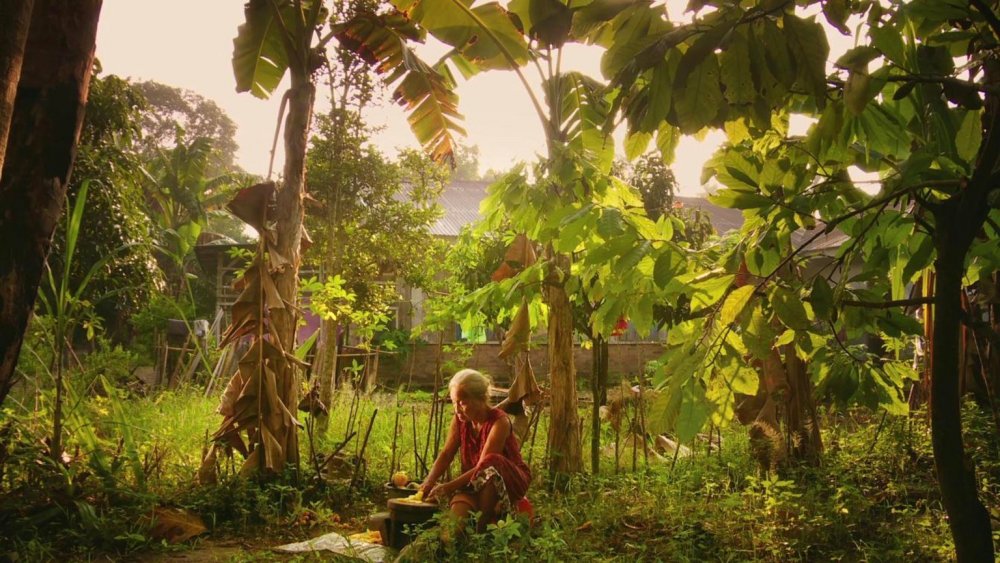
The Look of Silence (2014)
The Look of Silence is one of Sight & Sound’s best films of 2014.
The strongest film in competition though was Joshua Oppenheimer’s The Look of Silence, which duly won the jury’s top prize here, two years after its precursor The Act of Killing did the same. This new film is no less essential as a work of testimony; giving voice this time to the victims of Indonesia’s 1960s purges, it’s less conceptually flamboyant but more searingly human and just as nightmarishly surreal as that provocative portrait of the horror of radical historical denial, as we witness the suppression of natural responses in a community in which victims must live side by side with perpetrators who still hold power with a gloating lack of remorse.
A bewitched sense of magic realism and ruptured time colours the tragedy of a slain man’s shattered parents, but it’s in the scenes in which younger generations struggle to reconcile history’s dislocated thread – counteracting the propaganda taught at school, or grappling for a response to the revelation of a father’s guilt – that the importance of the film’s mission is clearest, as it counters the suppression of collective trauma within silence. [See Hearts and minds and mumblings: week one at Venice 2014, and Robert Greene’s interview column with Oppenheimer Unacknowledged scripts, for more.]
Arthouse heavyweights Pedro Costa and Lav Diaz also had new films in competition that did not pretend reality can be reduced to easily transmitted, digestible facts.
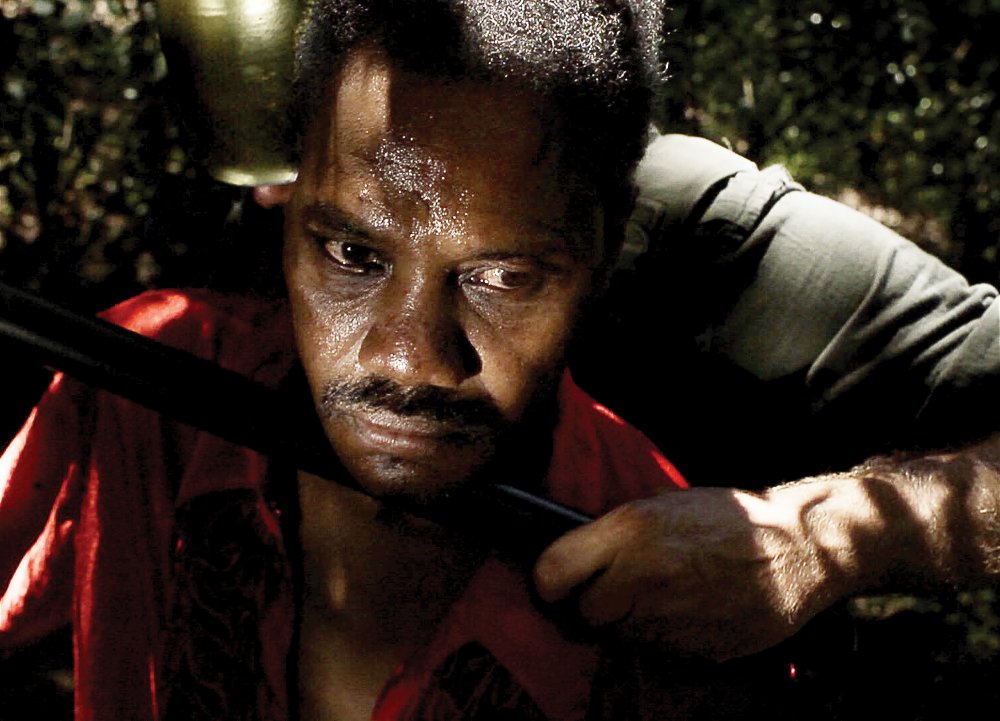
Horse Money (Cavalo Dinheiro, 2014)
Costa’s hallucinatory fever vision Horse Money revisits the same Lisbon slum of Fontainhas and its impoverished inhabitants he’s been filming for nearly two decades. The film’s dark and sublime painterliness, poetic incantations and weary otherworldliness echo his prior Colossal Youth, but it’s harder to lock into in its opaque drift. Nevertheless, in tapping the disorientation of historical trauma some scenes are unforgettable – such as the ageing, infirm Ventura stuck in an elevator with a chatter of voices from his past and the luminously painted apparition of a revolutionary army soldier. [See Exorcise Regime, Jason Anderson’s report from Toronto’s Wavelengths in the December 2014 issue of Sight & Sound, for more on Horse Money.]
Dialogue is sparse in Diaz’s hypnotically slow, sublime black-and-white Storm Children – Book One, a follow-up already to his five-and-a-half-hour From What is Before, which won the Golden Lion at Locarno in August. Capturing a bereft community in the Philippines in the wake of a devastating storm, it’s short relative to his other epic meditations at a mere 143 minutes, but still in unhurried mode enfolds us in the rhythms of everyday life as it reasserts itself against the stillness of eternal fate.
The most refreshingly unexpected film in competition was [S&S Unfiction columnist] Robert Greene’s highly original and wry twist on melodrama conventions Actress. Brandy Burre, who had a recurring role in The Wire, has been out of the acting game for a while to play at housewife and concentrate on motherhood.
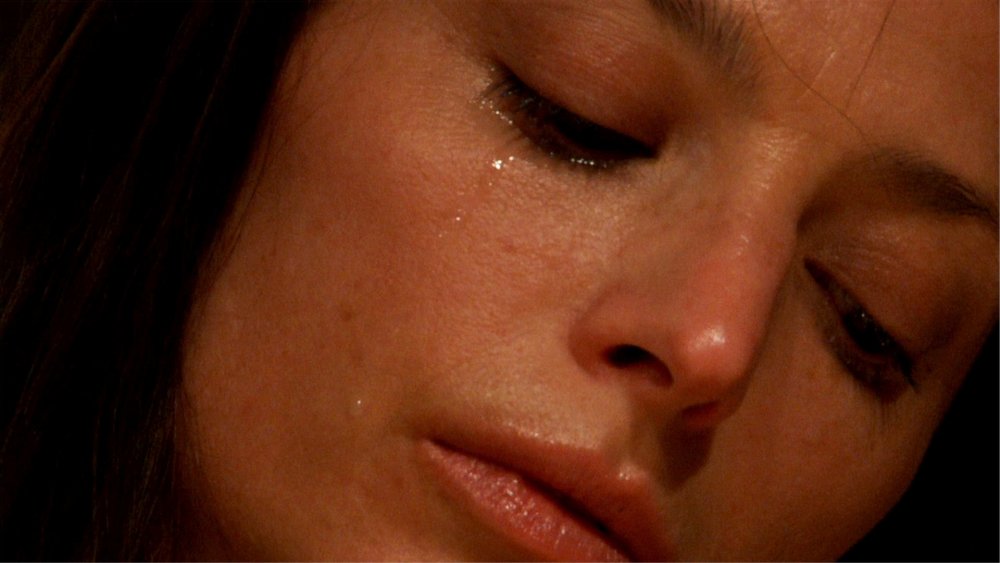
Actress (2014)
With stylistic flair Greene films her as, feeling starved of a creative outlet, she tries to regain her career. Worried she is already too old in an industry that has passed her over to cast a younger actress before, she suffers a crisis of identity as the conflicting demands and expectations of the various roles she performs in life pile up, and her relationship with her low-key live-in partner crumbles. The presence of the camera as an attentive enabler of self-examination and perhaps even histrionics creates an intriguing hall of mirrors that respects that grand, existential questions are just as much the domain of the domestic.
Actress made for an interesting corollary to 1972’s Anna by Alberto Grifi and Massimo Sarchielli, another self-conscious, complex exploration of performance. The first Italian movie shot on video, it screened in a restored version in a section called A History of Violence, a showcase about interventionist filmmaking built from conflict with protagonists – one of CPH:DOX’s typically imaginatively and intelligently programmed sidebars.

Anna (1972)
Sarchielli had taken in 16-year-old Anna after meeting her on the Rome streets where she was homeless, eight months pregnant and frequently drugged up. Loosely raw, with shades of Cassavetes, this grainy black-and-white sprawling talkie – which clocks in at close to four hours – is a fascinating portrait of institutional failure and directionless zeal for revolution as, in café debates, no one from anarchists to bourgeoisie can agree on what to do about Anna. It’s also a vessel for her own rebellion, as the filmmakers’ ulterior motives in their push to reconstruct her past on camera meet with ungovernable volatility – the kind of irreducible force only felt in the best documentaries.
-
The Digital Edition and Archive quick link
Log in here to your digital edition and archive subscription, take a look at the packages on offer and buy a subscription.




